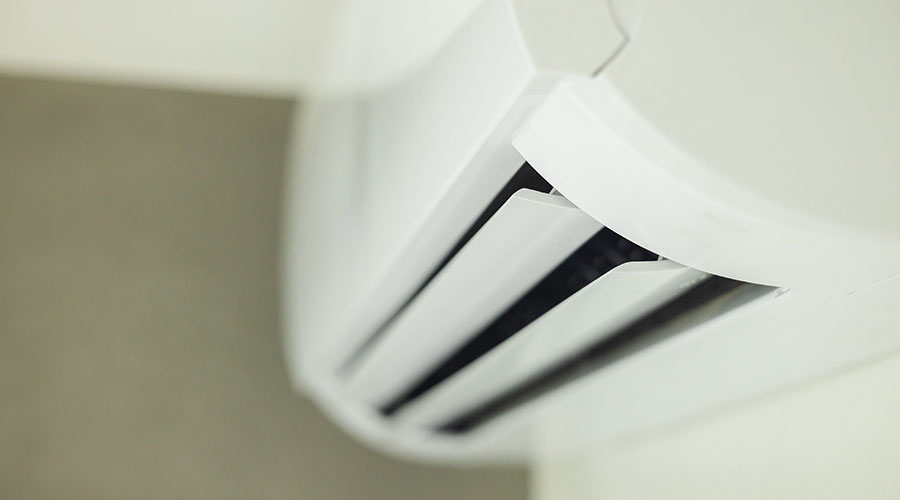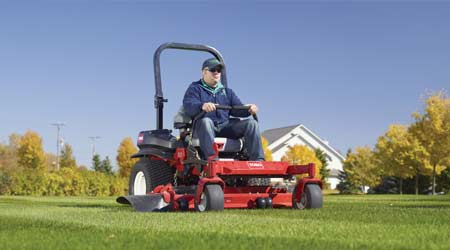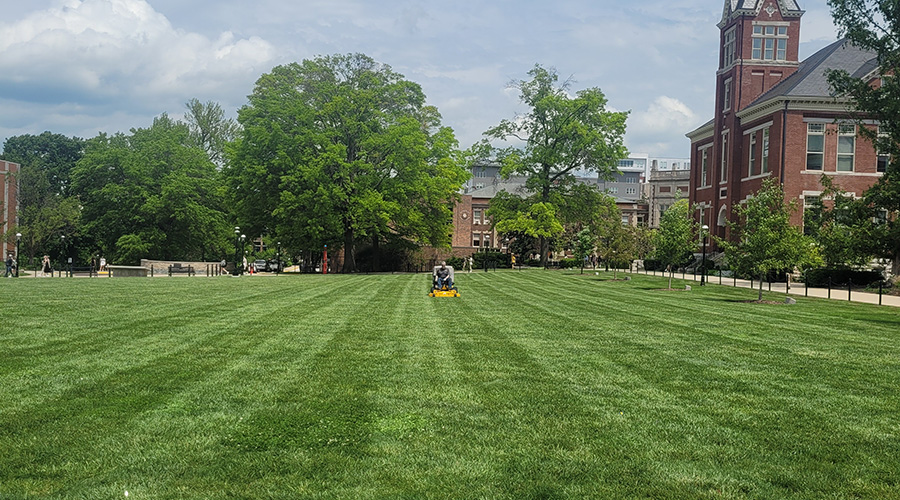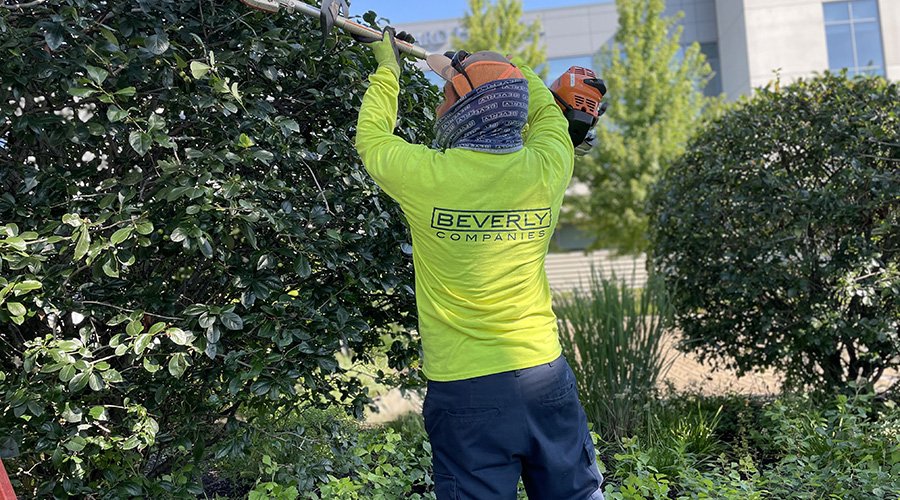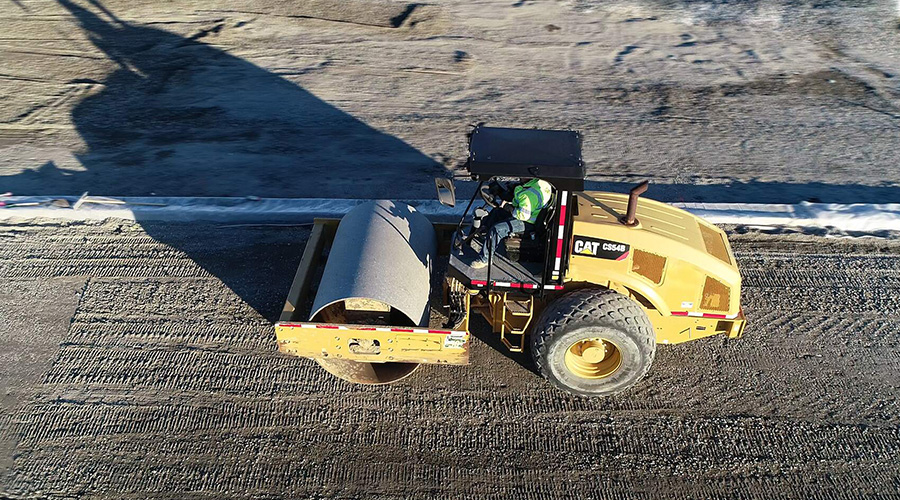Mower Specification for Grounds Success
Part one of a three-part article on mower specification
The highest priority for most grounds managers is maximizing the appearance of their landscapes, but a close second in many case increasing the productivity of their staffs. Managers spend hours analyzing schedules, turf conditions, worker skills, and costs related to equipment and materials costs, all in an effort to squeeze more productivity out of their staffs.
Because mowing turf around institutional and commercial facilities is such a time-consuming process, managers are especially pleased when they can enable their staffs to mow more productively. Specifying the most appropriate mower for a given landscape requires that managers understand available equipment options, as well as the features and functions that will enable operators to maximize to organization’s investment.
Understanding options
Managers trying to match new mowing equipment to their organizations’ turf care needs must look into an array of factors, including the property’s size, types of terrain, and the number of landscape features that affect mowing, including trees, bushes, and flower beds. Each type of mower is designed to address a specific user need.
Push mowers. Small push mowers enable operators to get into small spaces where a large commercial mower cannot, and workers can transport between them sites with relative ease and can. These mowers range also can get into small spaces that larger walk-behind and ride-on mowers cannot.
They are relatively lightweight and easy to maintain. A small, light push mower might be appropriate if operators work on turf that is continually soft because it will not sink into the turf and cause damage.
Self-propelled, walk-behind mowers. Convertible-type walk-behind mowers can enable crews to bag, mulch or side-discharge grass clippings. Walk-behind mulching mowers are faster and, if crews use them often enough, can produce excellent results in terms of turf health and aesthetics. The clippings add nutrients to the lawn, so the turf does not require fertilization as often.
To obtain the same results with mulching mowers as with bagging mowers, operators should mow every five-seven days, depending on the amount of water the lawn has received, as well as its rate of growth. Most walk-behind mowers these days are available with cutting widths of 36-, 48-, 52-, and 60 inches.
Zero-turn mowers. Recent years have seen an increase in the need for more productive mowers that can handle a variety of terrains. Most manufacturers have responded by offering this design. These mowers are powerful and fast, and they are popular options for departments that need to mow large properties. Zero-turn-radius mowers position the mowing deck at the front of the machine, and as the name indicates, the turning radius enables operators to cut close to objects, such as trees and buildings.
Crews using these mowers can cut large areas of grass much more easily in less time, with greater maneuverability, speed and cutting capabilities. They need to do less trimming and mowing, and as a result, departments can realize lower labor costs during peak mowing seasons. Some zero-turn mowers have dual handles for improved steering and maneuverability. Most brands are available in cutting widths of 36, 48, 52, 60 and 72 inches.
Riding mowers. These mowers are popular options for flatter landscapes, and they are most appropriate for mowing multiple acres and when operator fatigue is a concern. Manufacturers of these mowers have introduced numerous advances in the past several years, including more powerful engines, higher speeds, and improved cutting quality and maneuverability.
Some riding mowers are equipped with engines with up to 30 horsepower (hp) and can deliver quality mowing up to 15 miles per hour. Cutting-deck shape and blade arrangements on many riding mowers also make it possible for even the widest models to produce quality cuts. Riding mowers are also available with zero-turning radius, a feature that cuts mowing time while allowing operators to produce a more appealing finished appearance.
Wing-type mowing decks, combined with the zero-turning-radius vehicles, make wider decks more desirable. They can help crews mow larger, more wide-open spaces, as well as tight spots that once were accessible only with walk-behind or push mowers. Most commercial riding mowers are available in the 18-25 hp range, and they vary greatly in cost depending on manufacturer, model, engine type, and size.
Related Topics:






